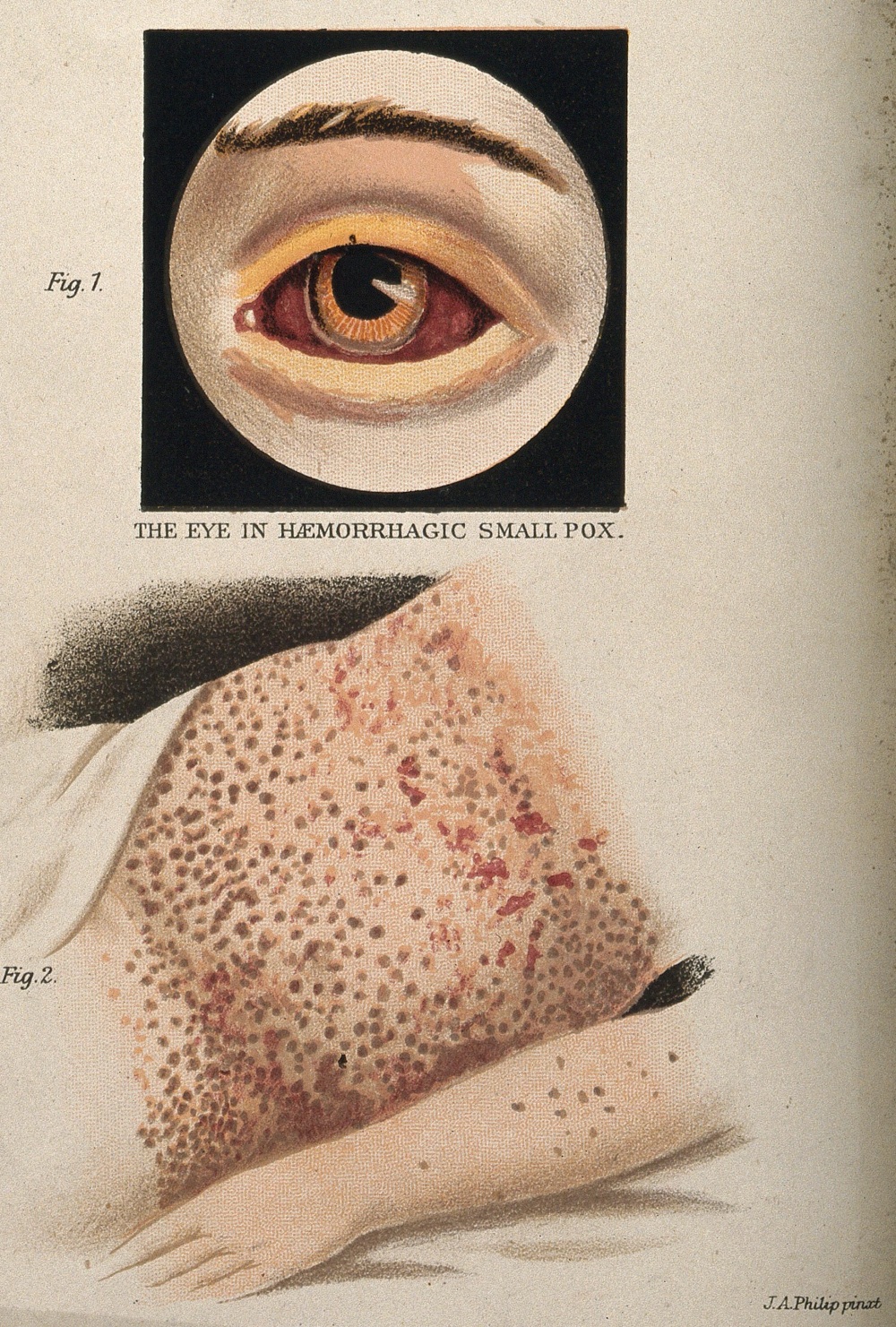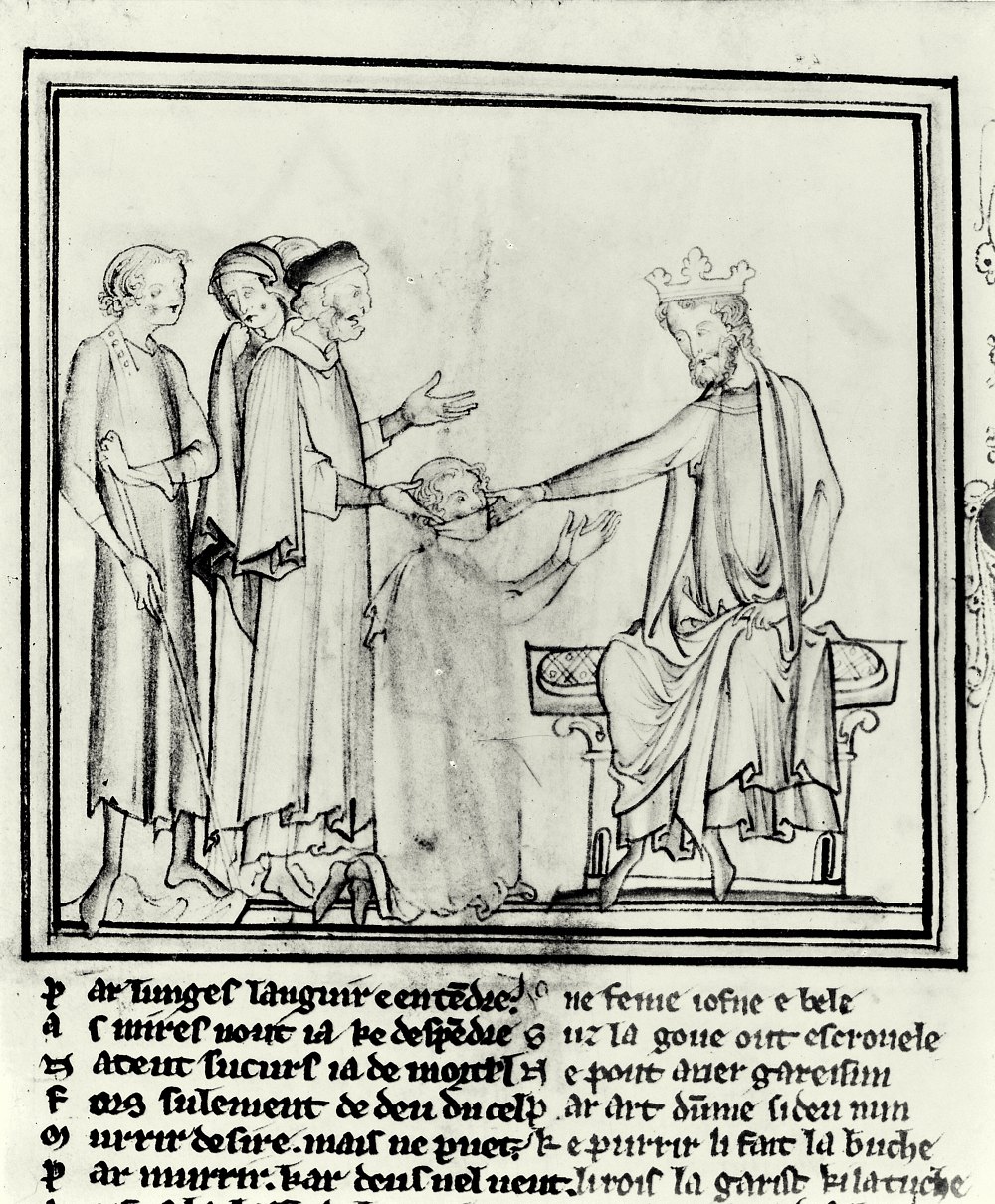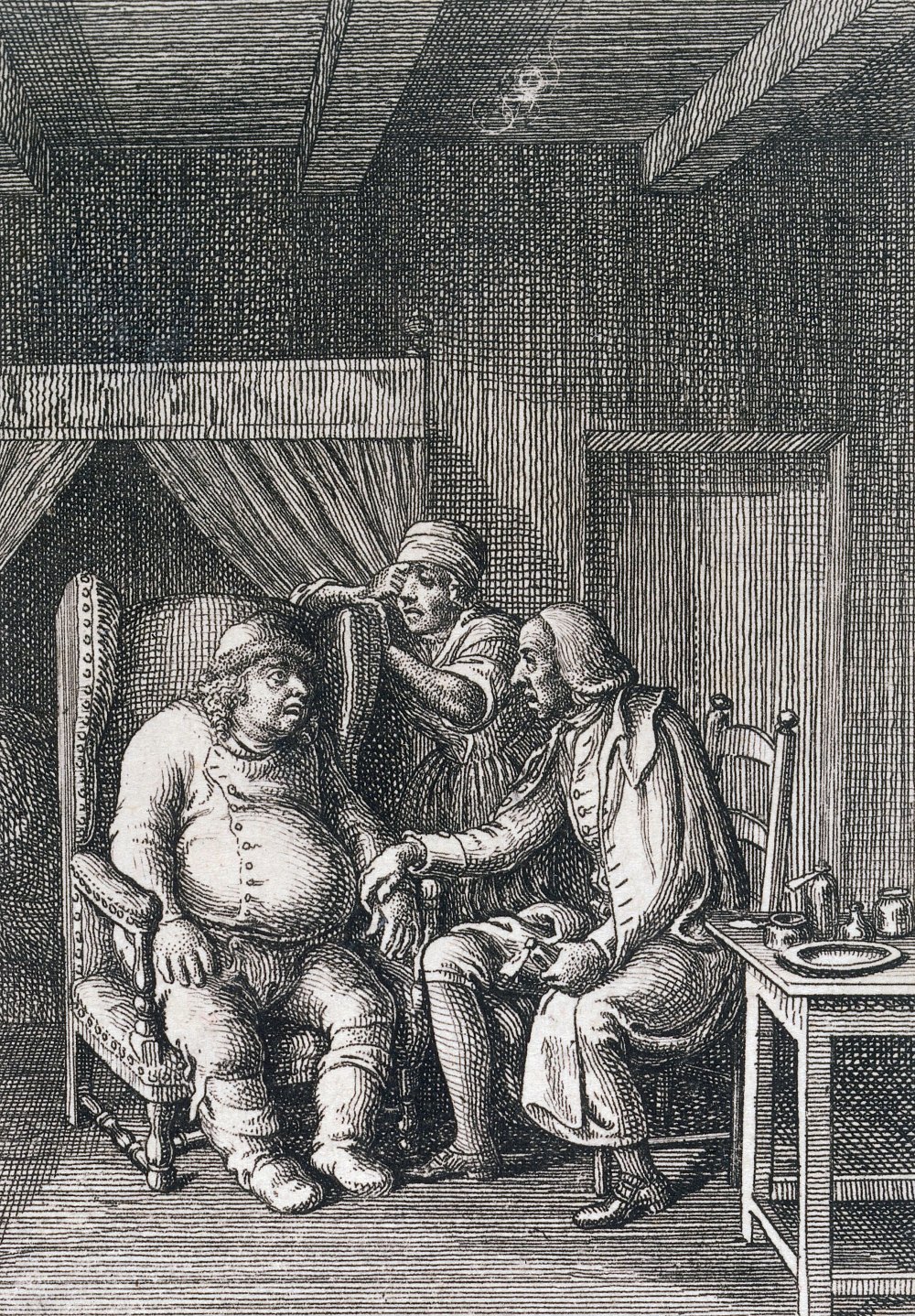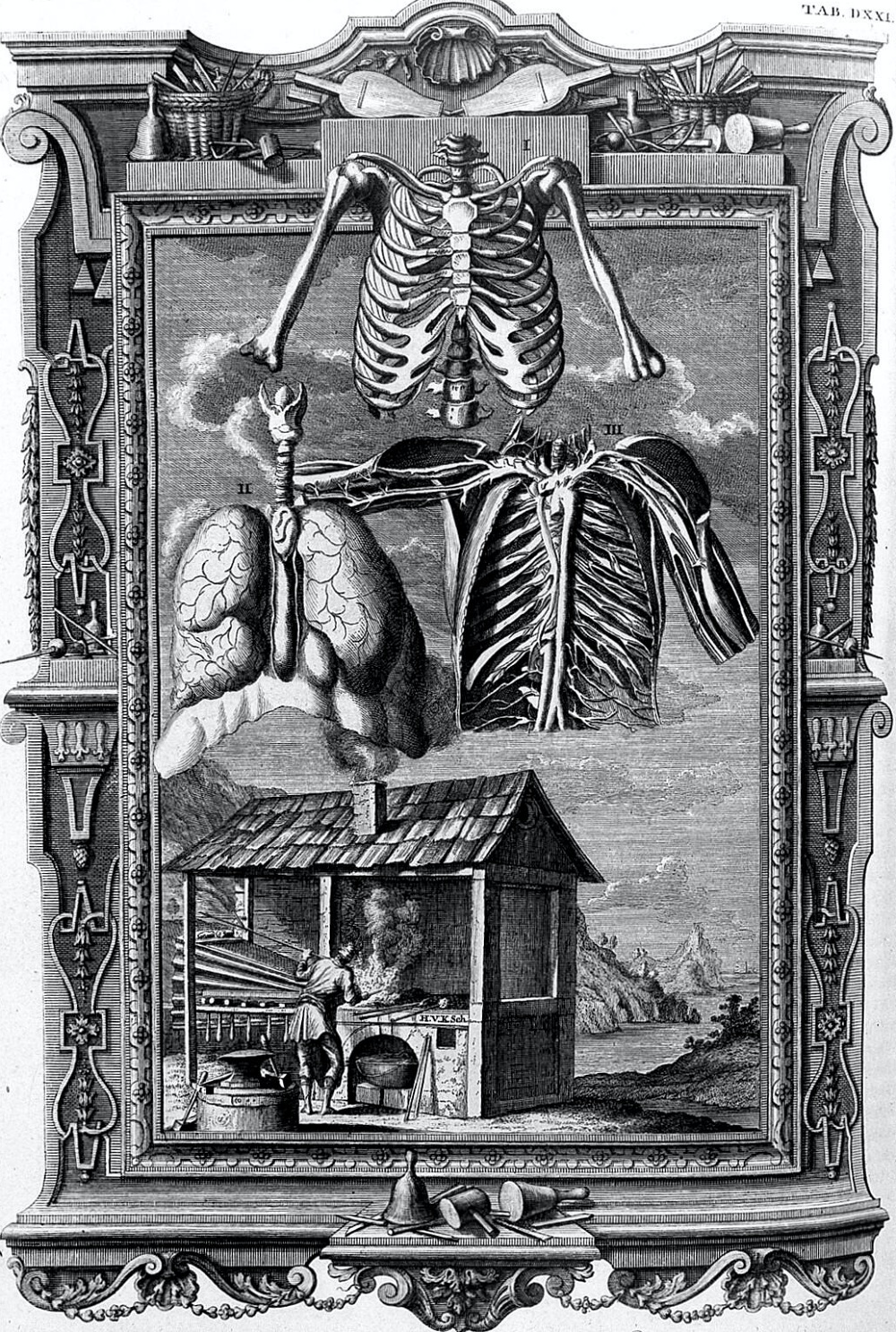Crazy Things You Could Die of Before Modern Medicine
The names aren’t the only things that have changed since then.
Before modern medicine the approach to healing was based on philosophical, spiritual, or folkloric principles. Instruments to measure heart rate, blood pressure, and other bodily systems were not around and so many of the diseases of the Middle Ages (and beyond) had rather interesting names and even more interesting symptoms. Here are just a handful of the crazy things you could die of back then.
Plannet
The word “plannet” comes from the phrase “planet-struck”. This sickness was thought to arise from the misalignment of the planets affecting the psyche and body. Symptoms of insanity, heart sttack, or stroke were reported as being forms of plannet.

Purples
Purples was the names given to a range of diseases that cause discoloration of the skin. Chief among them was late-stage smallpox, but things like scurvy and circulation problems could also be diagnosed as purples.

King’s Evil
This illness stems from the custom of the “king’s touch”. While it sometimes depicted as the ability to heal from contact with a monarch alone, the actual meaning is that if a royal “touched” you what they had actually done was to pay for your treatment. While medicine wasn’t very advanced at the time, this meant food, shelter, and warmth -which was sometimes all that was needed to heal. The very poor didn’t not have any of the basics in excess and so were more at risk of death from routine illnesses. The custom was begun in the 11th century with the English king Edward the Confessor.
The custom was so associated with paying for the treatment of indigent patients that during the 178th century in England special coins called “touch pieces” were minted for the sole purpose of paying for medical care. The symptoms of the king’s evil were often associated with tuberculosis and swollen glands.

Dropsy
Simply put dropsy is another word for edema. Today we think of edema as being a symptom, as in the case of heart failure or kidney disease. While we know today that these illnesses can cause swelling and eventually kill you, back then the swelling was the disease.
The word comes from the Old French word “hydropsie” form the Greek word “hydros” meaning water.

Rising of the Lights
The lungs were referred in old times as “lights” for how little they weigh. Rising of the lights referred to a cough or other ailment, such a lung cancer or asthma, that caused breathing problems.

Jawfaln
Jalwfaln is a corruption of the phrase “jaw fallen” which refers to lockjaw. Today we call this tetanus and it’s preventable with a vaccine and treatable through antibiotics. Without treatment 11% of those who acquire this bacterial infection in the US currently will die. One can only imagine that rate was higher in times before running water and other amenities.

Starved at Nurse
This term describes failure to thrive in infants, with the babies starving or dying suddenly even after being nursed properly. Some accounts list “overlaid” in conjunction with “starved at nurse”, meaning that the moveable bones of the skull had become overlapped during birth. This can cause fatal pressure on the brain which today would be addressed with surgery.

Reports on causes of death in London in the mid-1600s also listed worms, grief, fever, lunatick, plague, and sudden death among the many other ways that people died.
SKM: below-content placeholderWhizzco for DOT

